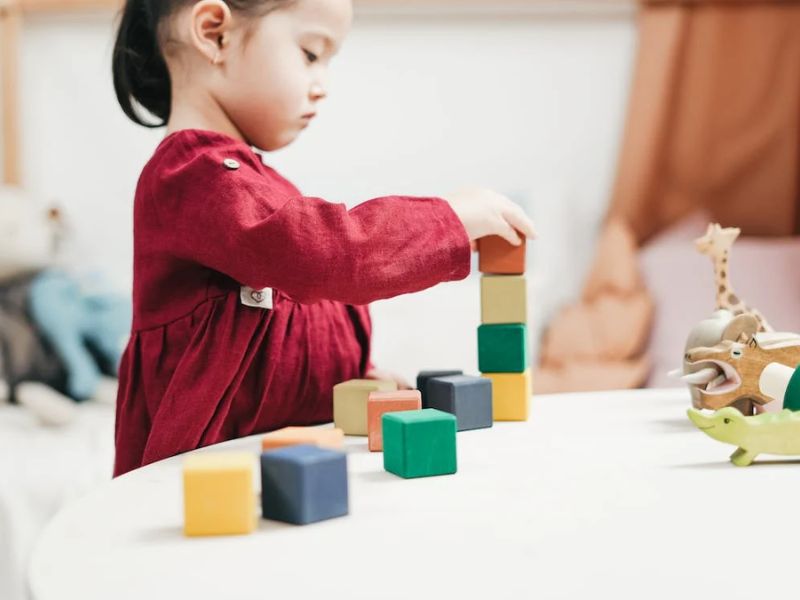Physical activity has long been linked to improved children’s cognitive function and academic performance. As educators and parents seek effective ways to enhance their children’s learning abilities, recent insights from experts have shed light on three exercises that may significantly contribute to better school performance. These exercises promote physical health and stimulate cognitive development, fostering a well-rounded educational experience.

Image Credit: Pexels/Monstera Production
Yoga For Mind-Body Balance
Yoga, often associated with flexibility and relaxation, has gained recognition for its positive effects on children’s academic performance. Experts suggest incorporating simple yoga into daily routines can help kids develop better concentration, reduce stress, and improve their overall mental well-being. Poses like the “Mountain Pose” and “Downward Dog” enhance focus and posture, while controlled breathing techniques encourage calmness and emotional regulation. By promoting mindfulness and enhancing mind-body connectivity, yoga equips children with the tools to manage stress and focus on their studies more effectively.
Brain-Boosting Aerobics
Engaging in aerobic activities, such as jogging, jumping jacks, and dancing, has been shown to impact cognitive functions directly. These exercises increase blood flow and oxygen supply to the brain, enhancing memory, attention span, and information processing. Studies have indicated that regular aerobic workouts can stimulate the release of neurotransmitters that promote learning and problem-solving abilities. Encouraging kids to participate in fun and energetic aerobics can improve cognitive performance, making it easier for them to grasp complex subjects and excel in school.

Image Credit: Pexels/cottonbro studio
Cross-Lateral Movements For Cognitive
Coordination
Cross-lateral movements involve using both sides of the body and are crucial for brain development. Cling, skipping, and alternating arm and leg movements stimulate neural connections between the brain’s hemispheres, enhancing communication and coordination. Experts believe these exercises improve reading and writing skills and strengthen hand-eye coordination. By incorporating cross-lateral movements into daily routines or classroom activities, parents and teachers can support children in developing the foundational cognitive skills necessary for academic success.